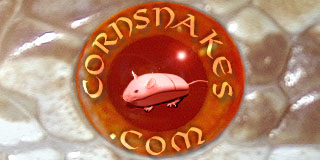Hello all.
I am knew to this forum, found it by accident.
I have just placed an order with Rich Z for several hatchlings. I am hoping to try my hand at breeding in a few years. Currently I am interetsed in understanding the genetics behind different cultivars.
How is the Sunglow created?
What makes it look so much brighter and removes the white of a normal Amel?
Is there any body producing a stripped Sunglow?
Thanks,
Shari
I'll create a second thread for my other CV questions.
I am knew to this forum, found it by accident.
I have just placed an order with Rich Z for several hatchlings. I am hoping to try my hand at breeding in a few years. Currently I am interetsed in understanding the genetics behind different cultivars.
How is the Sunglow created?
What makes it look so much brighter and removes the white of a normal Amel?
Is there any body producing a stripped Sunglow?
Thanks,
Shari
I'll create a second thread for my other CV questions.
Last edited:
